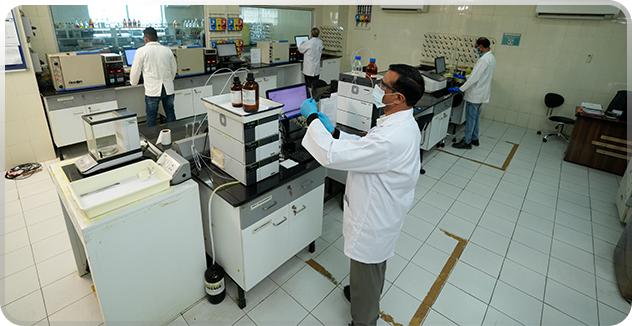NSE ●BSE ●
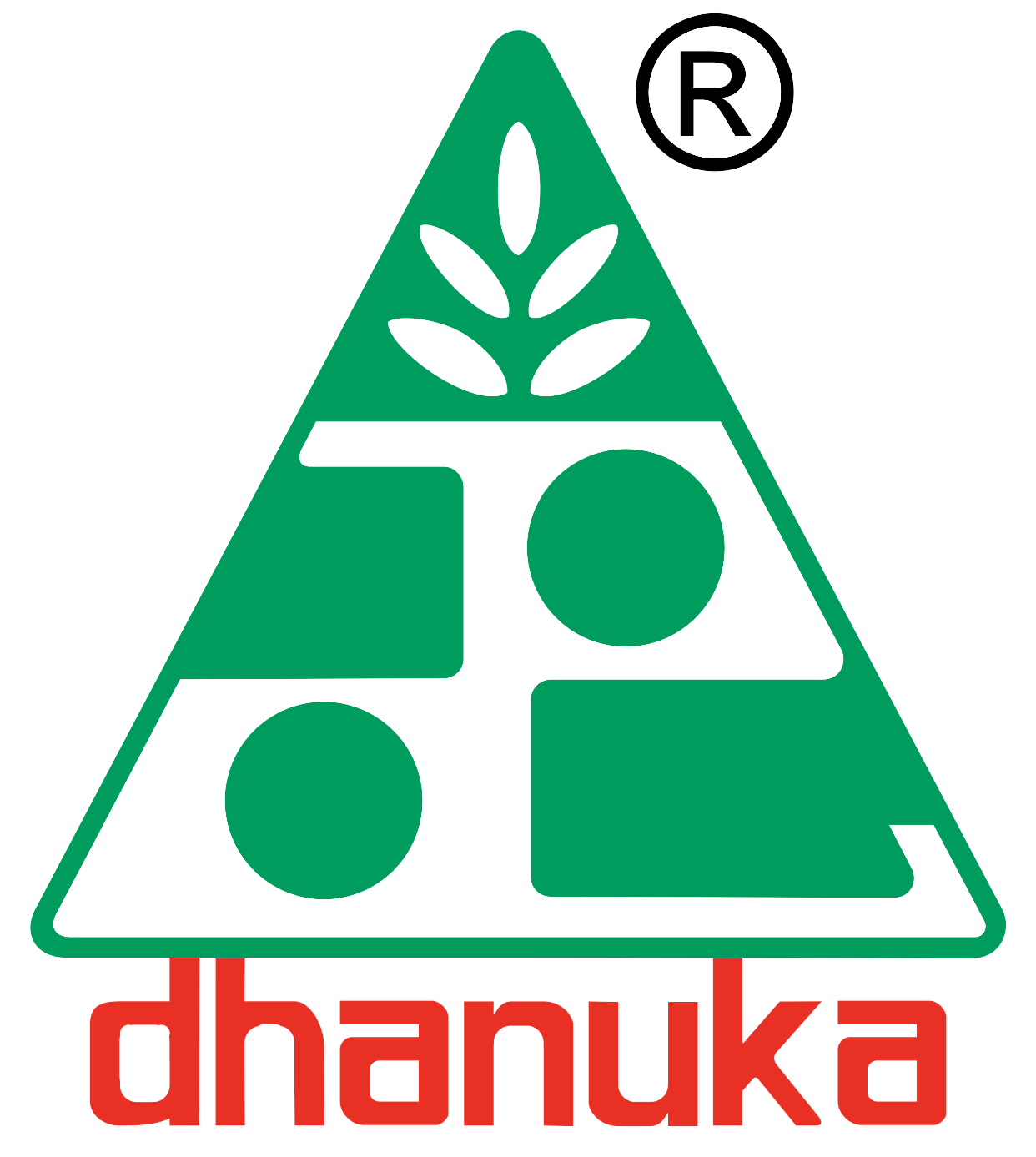

Established in 2016, our Keshwana manufacturing facility spans 10 acres with over 41,000 sq. ft. of covered space, reflecting our commitment to modern, large-scale agrochemical solution manufacturing backed by cutting-edge infrastructure.
The facility showcases exceptional capabilities, producing 40 specialized agricultural products across 23 production lines. It boasts a massive annual production capacity of 50,000 MT for liquid formulations and 25,000 MT for powder formulations, supported by a dual manufacturing approach—both in-house production and bulk manufacturing.
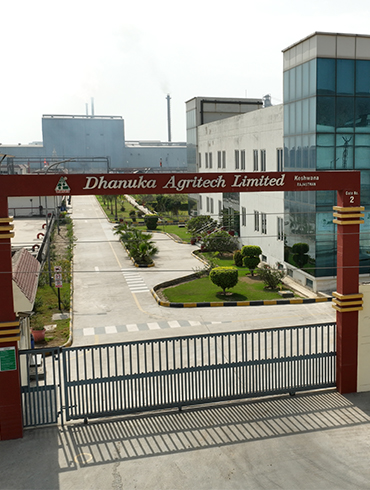
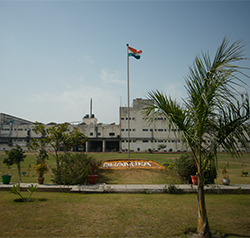
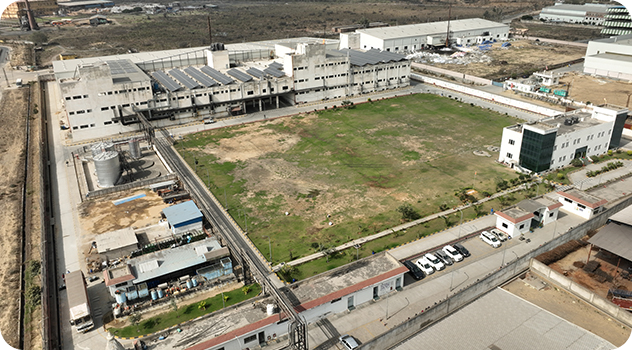
ISO 9001:2015 for Quality Management Systems.
ISO 14001:2015 for Environmental Management.
ISO 45001:2018 for Occupational Health & Safety.
NABL accreditation for laboratory testing.
All processes adhere to the appropriate regulatory compliance norms.
Our modern infrastructure and technological integration enable us to maintain high production standards while maximizing efficiency and minimizing environmental impact.
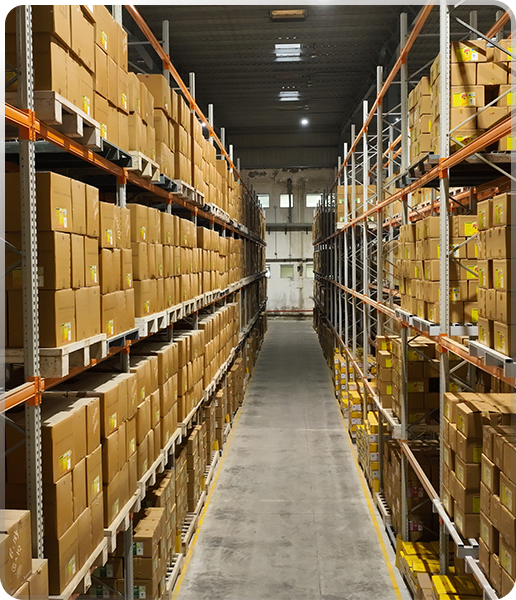
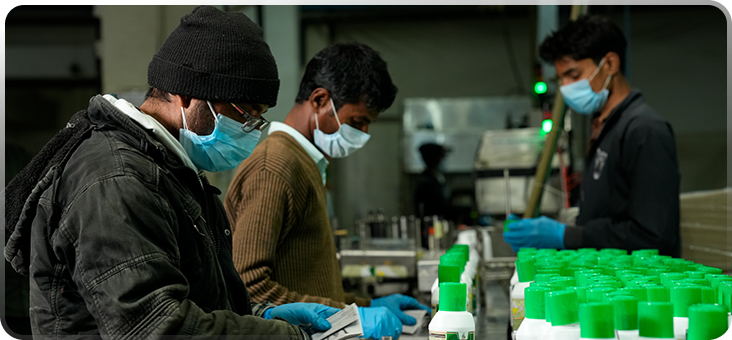
Manual, semi-automated and automated production systems for operational flexibility
Specialized equipment for precision manufacturing
Advanced quality control and testing systems
Energy-efficient equipment supporting sustainable operations
Continuous improvement is driven
Strategic asset utilization for cost optimization
Robust waste management practices for solid and hazardous materials
Regular workplace safety audits and risk assessments
NABL-accredited Quality Control lab ensuring consistent product quality
Our facility exemplifies environmental responsibility through:
Zero Liquid Discharge (ZLD) compliance with 50 KLD each ETP/STP treatment capacity.
Water recycling and rainwater harvesting systems.
502 KWA solar panel installed as renewable energy utilization supporting sustainable operations.
Carbon footprint reduction initiatives.
Comprehensive air pollution control systems, including scrubbers and dust collectors.
ISO 14001 certification for environmental management.
